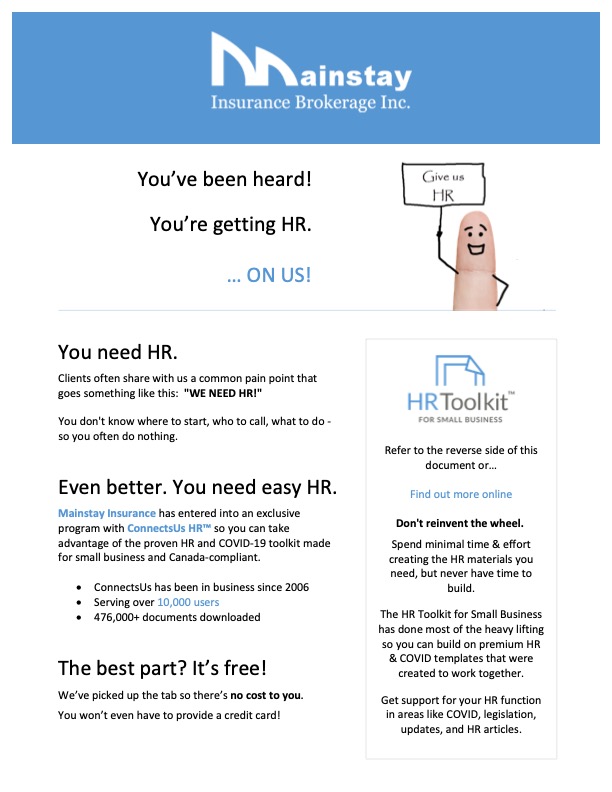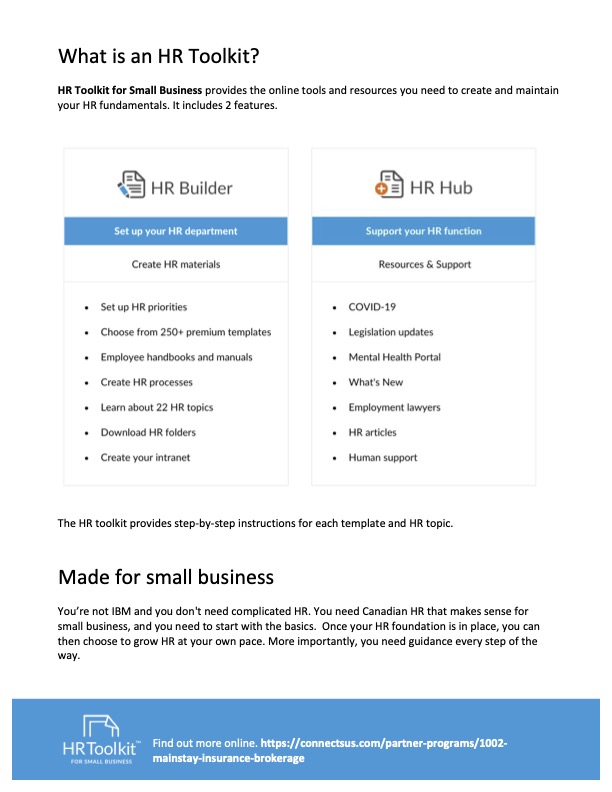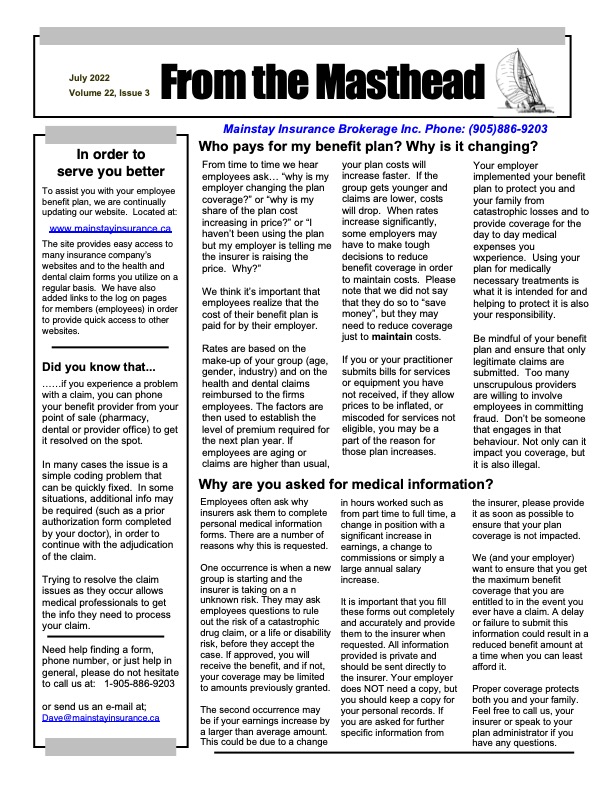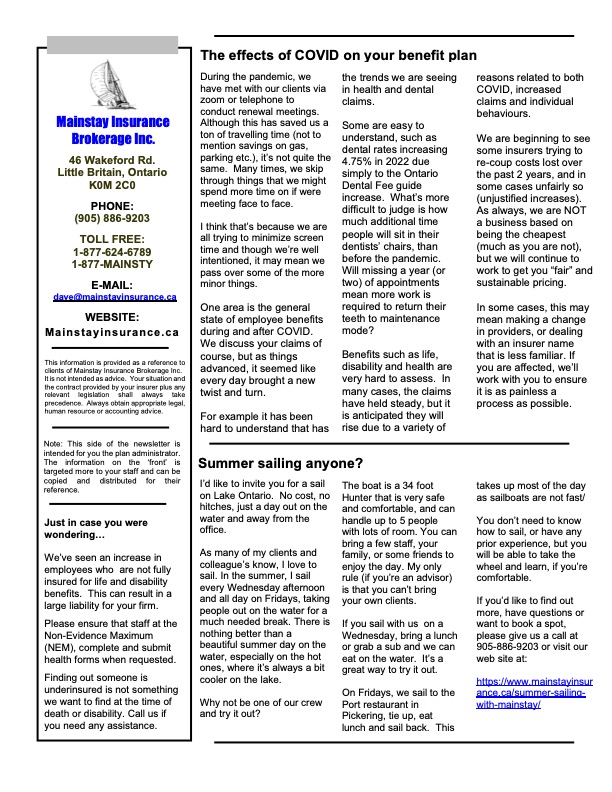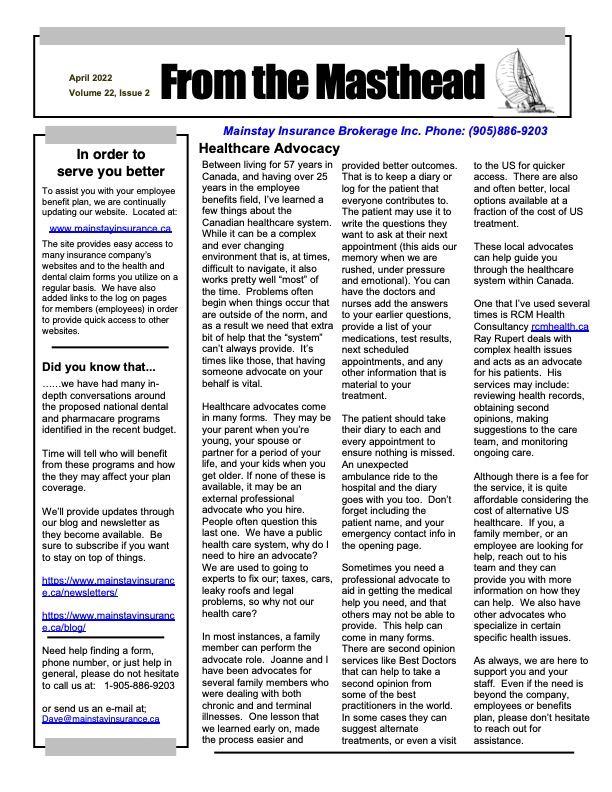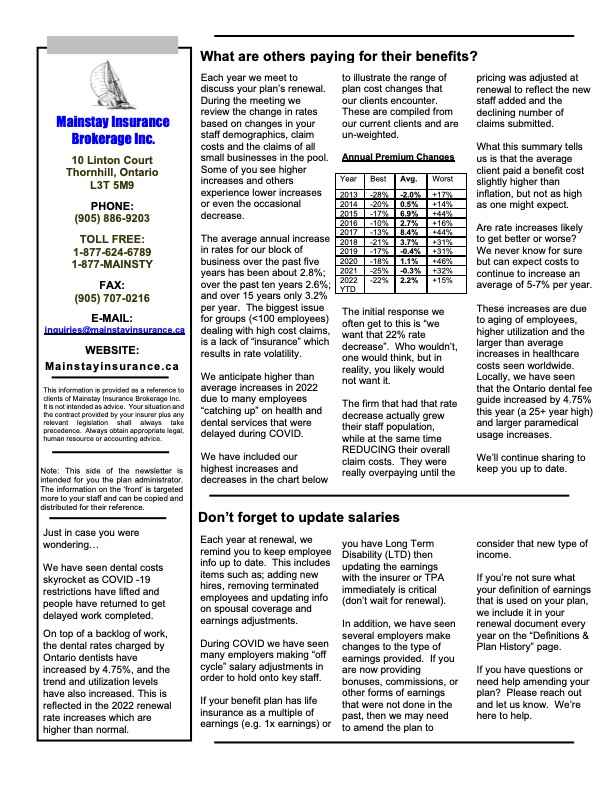The majority of our clients are Canadian companies based in Ontario. Some have employees in other provinces and occasionally in the US or abroad. In other cases, the head office is in the US or Europe, and they have smaller offices located here, in Canada, that often represent a small portion of their employees.
For the cases of US employers with Canadian employees, I occasionally provide articles of interest in understanding how our systems are different when it comes to benefits, HR and employment law. this article references a great 48 page book you can obtain (or download).
On June 28, 2022 the McCarthy Tetrault’s Labour and Employment Group, along with leading partners from other practice areas in the Firm, hosted an insightful webinar on key cross-border topics and trends for business. The webinar coincided with the launch of our Cross-Border – Navigating Canadian Employment Law Guidebook.. The following are some highlights from the panelists:.

